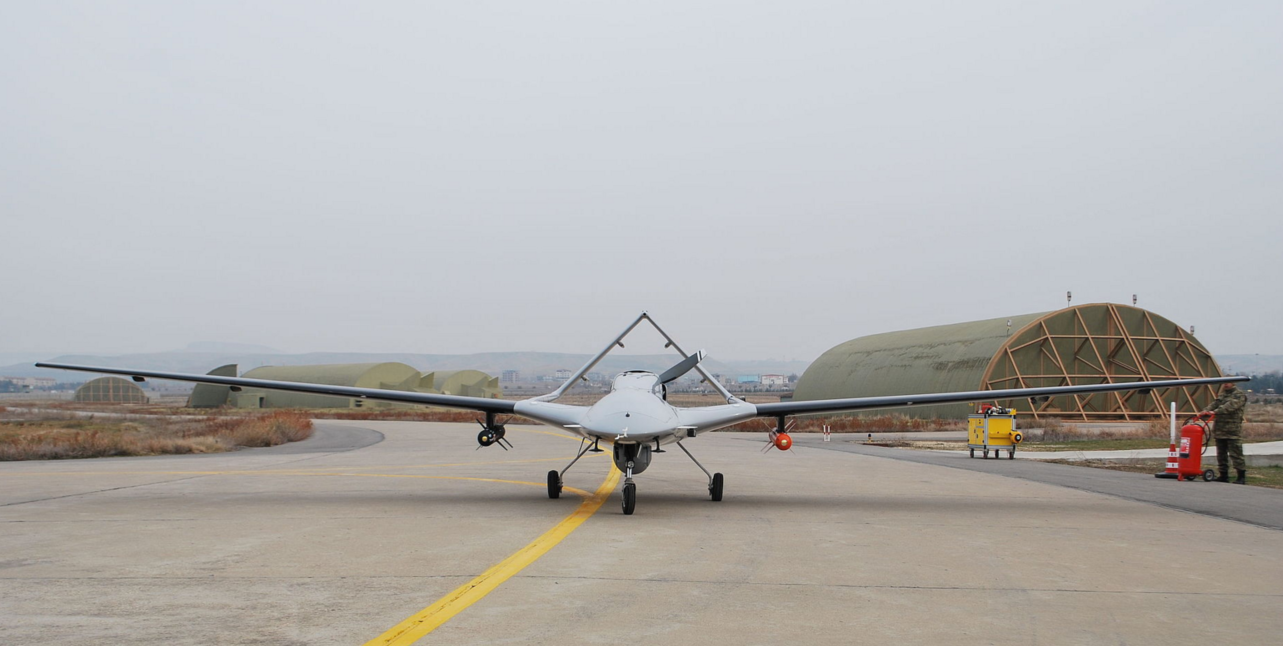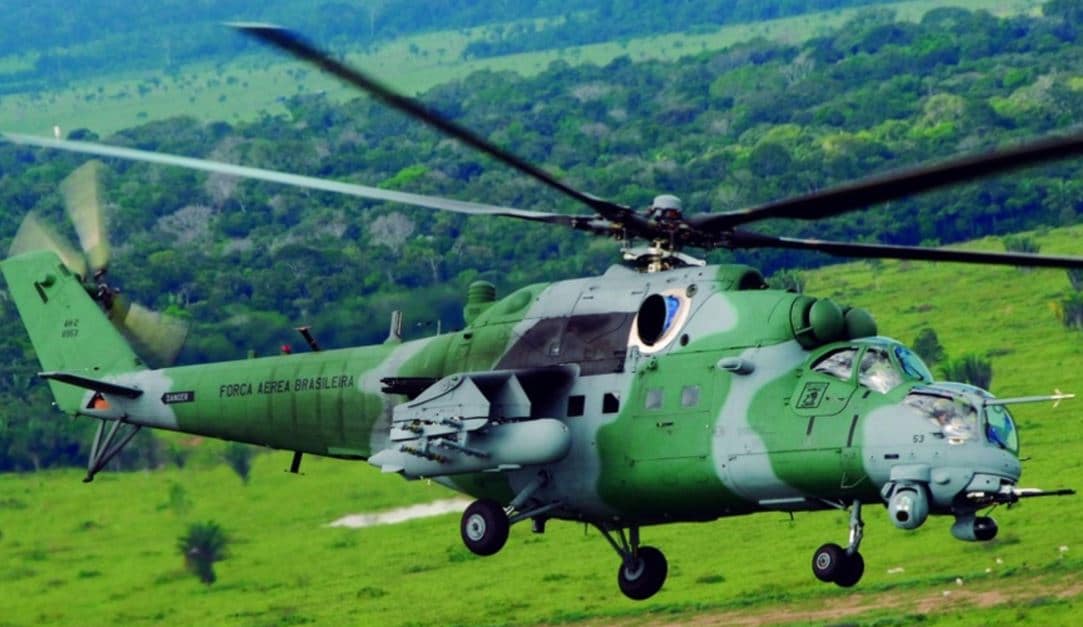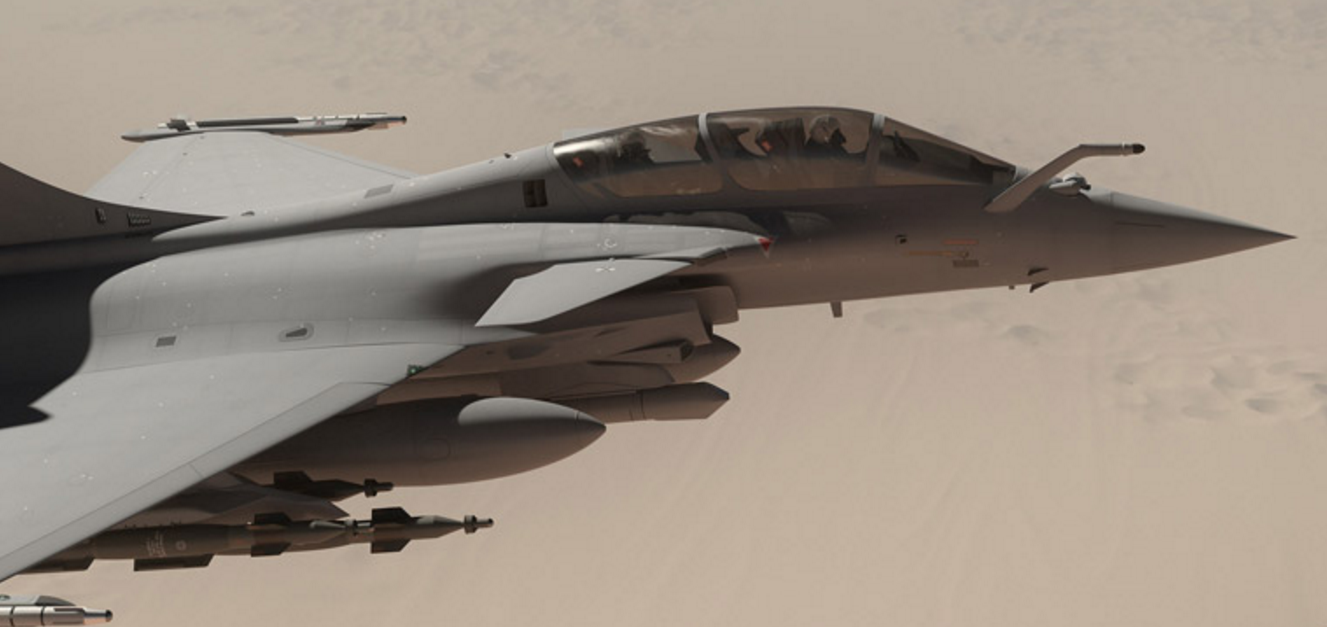3116Views 2Comments

The Emerging (Non-Western) Armed UAV Market
27 December 2015
By Bilal Khan
The recent armed test flight by the Turkish Bayraktar TB2 unmanned aerial vehicle (UAV) signified the growth of a new high-tech weapons market, i.e. the market for non-American and non-Western European armed drones. The Bayraktar TB2, developed by two Turkish private defence firms (Baykar and Kale Kilip), successfully launched an air-to-surface smart munition (developed by Roketsan, another Turkish firm) on 17 December 2015. Although the first locally available armed drone for Turkey, the core capability at hand has seen relatively widespread adoption in Africa, the Middle East and South Asia this past year.
The pursuit of armed drones is essentially driven by the success the U.S had in employing its MQ-1 Predator and MQ-9 Reaper UAVs in support of its counterinsurgency (COIN) campaign in Afghanistan and Pakistan. The low operational costs and low-powered nature of a drone enables it to loiter over areas for extended periods of time, thus strengthening a military’s tactical ISR [intelligence, surveillance and reconnaissance] capabilities without incurring a burdensome financial cost (which would occur if fighter aircraft or large surveillance aircraft were to be deployed for as long and as frequently as drones). Those ISR gains can be paired with precision-guided munitions in the form of laser-guided missiles and sub-100kg bombs, enabling these small aircraft to inflict relatively significant damage against vehicles, structures, and individuals.
In summary, drones enable their users to wrestle a significant amount of momentum against an insurgency by casting a shadow over the confidence of non-state actors. Imagine a scenario where no place is truly “safe” or if avoiding an air strike is exceptionally difficult when one’s attempt to move could expose them to a drone’s electro-optical sensors. It is for these reasons that countries such as Pakistan longed to acquire the MQ-1 Predator, but they were shut out by the U.S.
To help meet the needs of countries such as Pakistan, China stepped in with its numerous Rainbow-series armed UAV designs, most notably the CH-3 and CH-4 developed by China Aerospace Science and Technology Corporation (CASC). Granted, these are not medium altitude long-endurance (MALE) systems with 1000kg+ payloads and satellite-aided communications (SATCOM) for long-range operations, but for tactical ISR [intelligence, surveillance and reconnaissance] purposes and for COIN operations within one’s own borders (e.g. in the case of Nigeria, Iraq and Pakistan), these designs would be more than sufficient.
As discussed in an earlier article on Quwa, the Burraq armed UAV and Barq missile produced by NESCOM [National Engineering and Scientific Commission] are essentially licensed versions of the Chinese CH-3 and AR-1 laser-guided air-to-ground missile (AGM), respectively. The fact that Pakistan could acquire from China an armed UAV design and munition with the requisite technology transfer to produce them locally is significant as Pakistan could not even acquire off-the-shelf MQ-1s from the U.S, much less licensed local production rights. The CH-3/Burraq is capable of carrying up to two guided munitions (maximum payload of about 100kg) and – depending on payload – operate for up to twelve hours (Tiexue). Pakistan inducted the Burraq in November 2013 and announced that it had completed its first combat mission in September 2015.
The larger CASC CH-4 is also making commercial in-roads. Iraq formally inducted its CH-4 units in October 2015 (IHS Jane’s 360). The CH-4 bears a number of visual similarities with the Predator and Reaper and it can technically operate as a MALE UAV, especially if the user has the requisite communications infrastructure (i.e. access to SATCOM). The CH-4 can carry four to six AR-1 laser-guided AGMs (Popular Mechanics) and/or FT-5 (100kg) and FT-9 (50kg) precision-guided bombs (essentially China’s counterpart to the GBU-39 Small Diameter Bomb) (IHS Jane’s 360). The CH-4 has also reportedly been ordered by the United Arab Emirates, Egypt and Saudi Arabia (Popular Mechanics).
With the Bayraktar TB2 Turkey could potentially enter this market as well. At this point, it is unclear if the Turkish military will acquire the Bayraktar TB2 whole, or if it will contract the companies Baykar and Kale Kilip to assist with a weaponized version of the Turkish Aerospace Industries (TAI) Anka. Barring the possibility of foreign vendors (for parts and/or technology intellectual property), Turkey essentially owns the platform and munition set. For example, the SMM [Smart Micro Munition] tested by the Bayraktar is developed by the Turkish firm Roketsan, who can also offer prospective customers guided air-to-surface missiles (Mizrak) and laser-guided rockets (Çirit). Thus, Turkey could offer customers a complete solution, just like China. In the coming years the armed Anka will likely follow as well.
In any case, prospective armed drone buyers now have access to an increasingly large pool of commercially available of weaponized UAVs. China has emerged as a leading vendor in this market, so it will be interesting to see if its entry – as well as that of Turkey’s – will entice Western countries to offer export-centric armed drones as well.



2 Comments
by middleway1
Notice that the Turkish defense industry is all private, while in Pakistan it is all under government control, except for a few UAV firms. I think the Pak Armed Forces need to start developing a supply chain of local private firms. This will result in spread of technology to non-military uses, and have overall benefits. I see the Pakistani dependence on government production, if it remains exclusive, as a long term weakness.
by Matthys Jacobs
Denel, formerly Kentron had excellent designs for various UCAV’s.
We were working on a High Speed and Low Observable UCAV that essentially could perform deep strikes against high value targets in contested airspace.
We were also working on a alternative to the Predator UAV.
Unfortunately Denel/Kentron and South Africa for that matter lacked the funding needed to complete development.